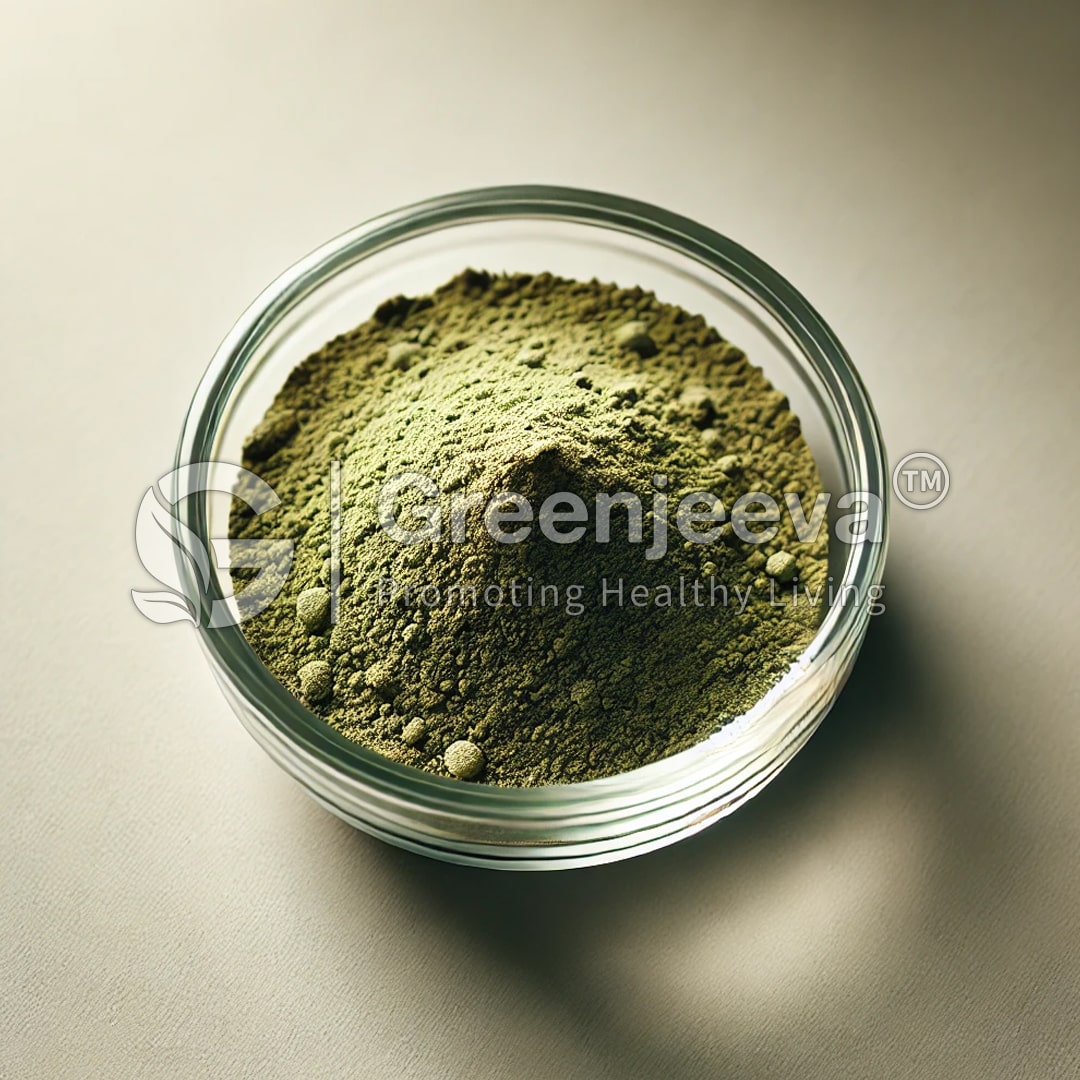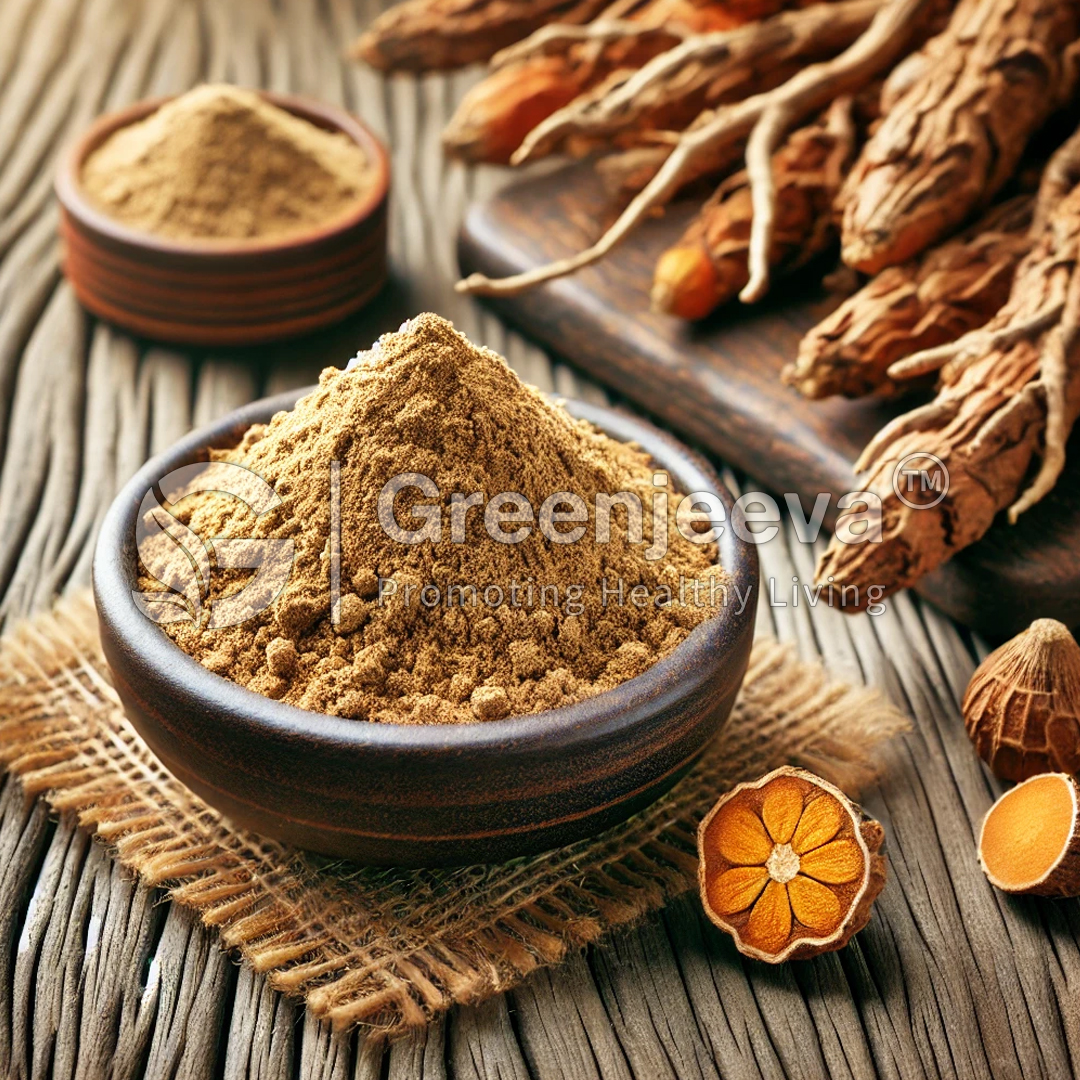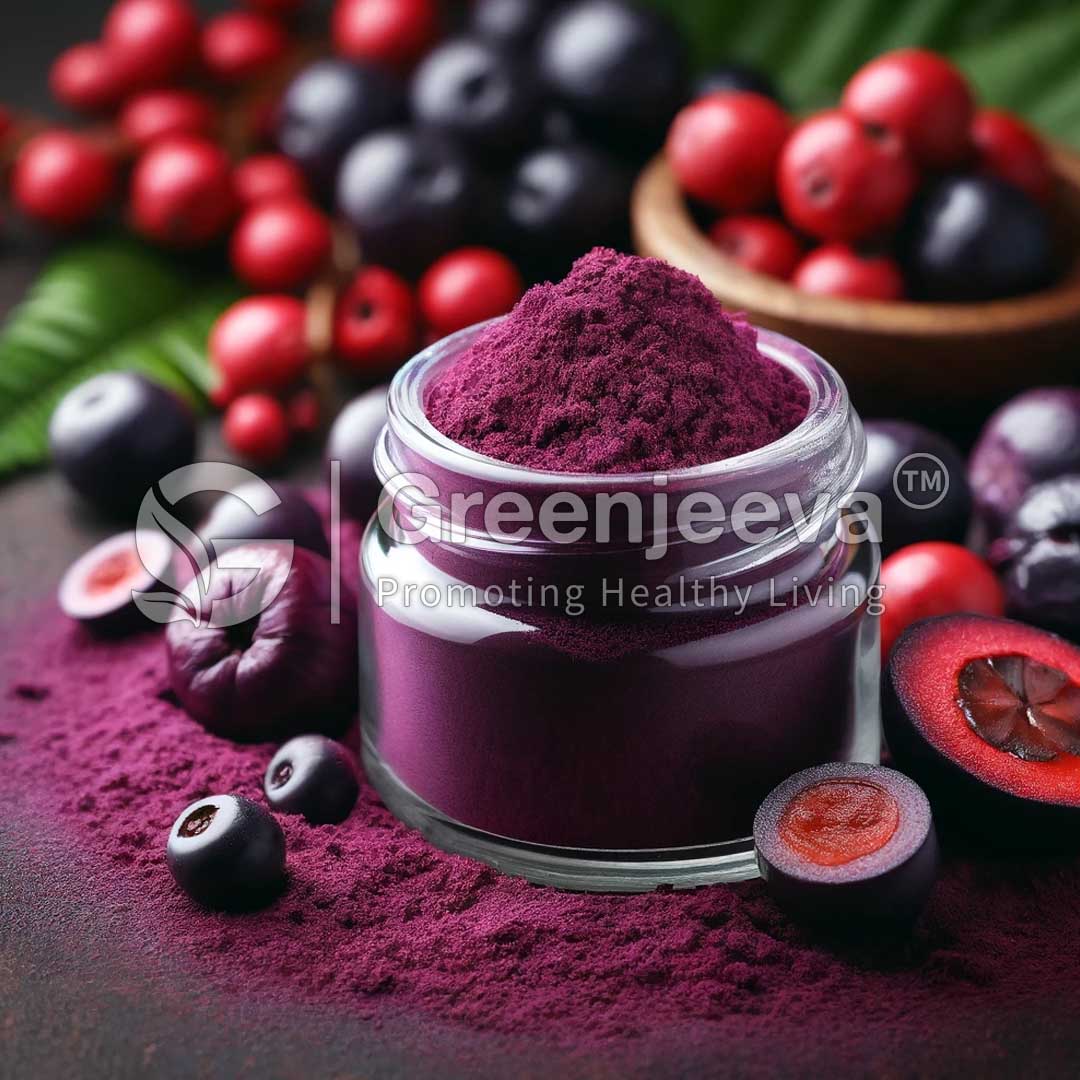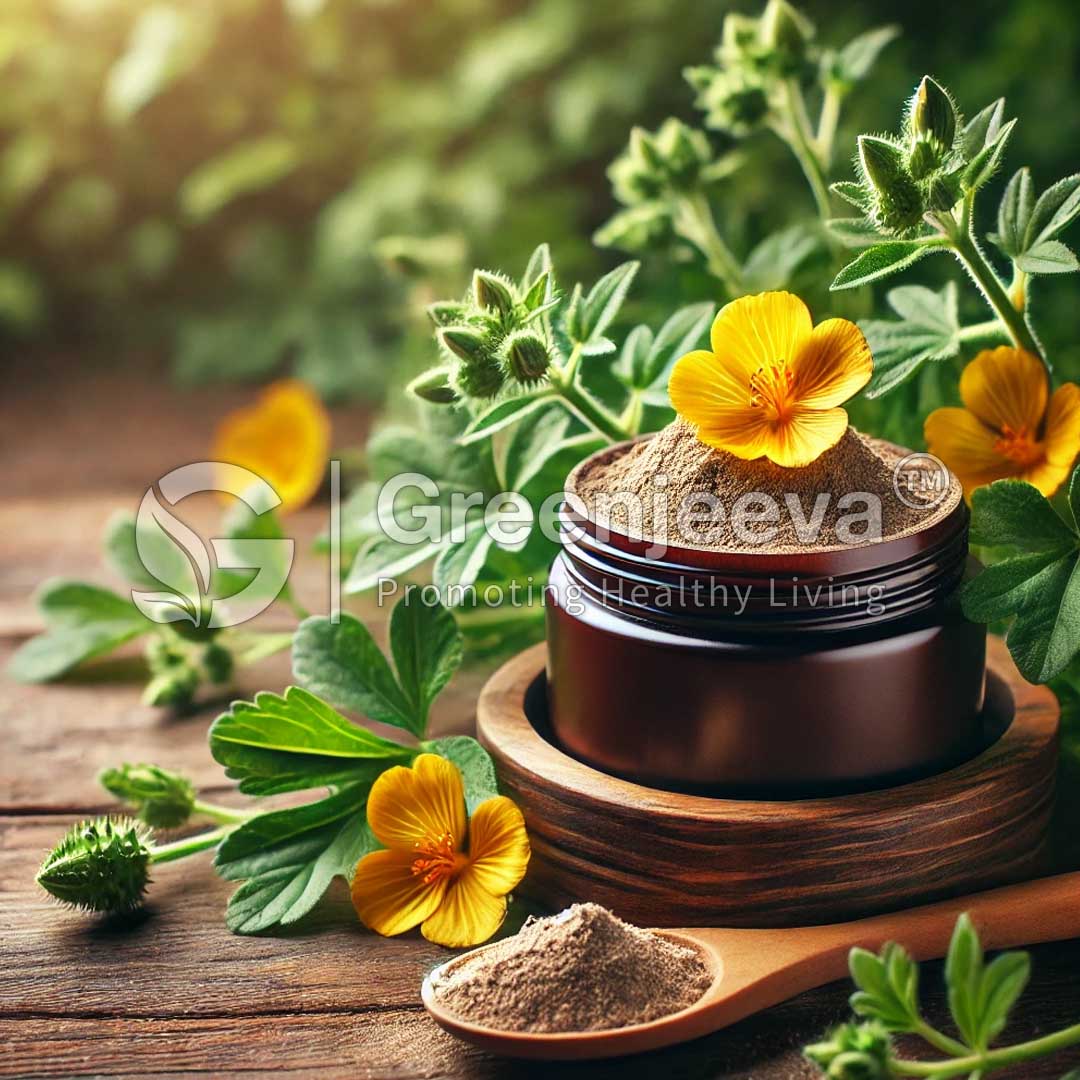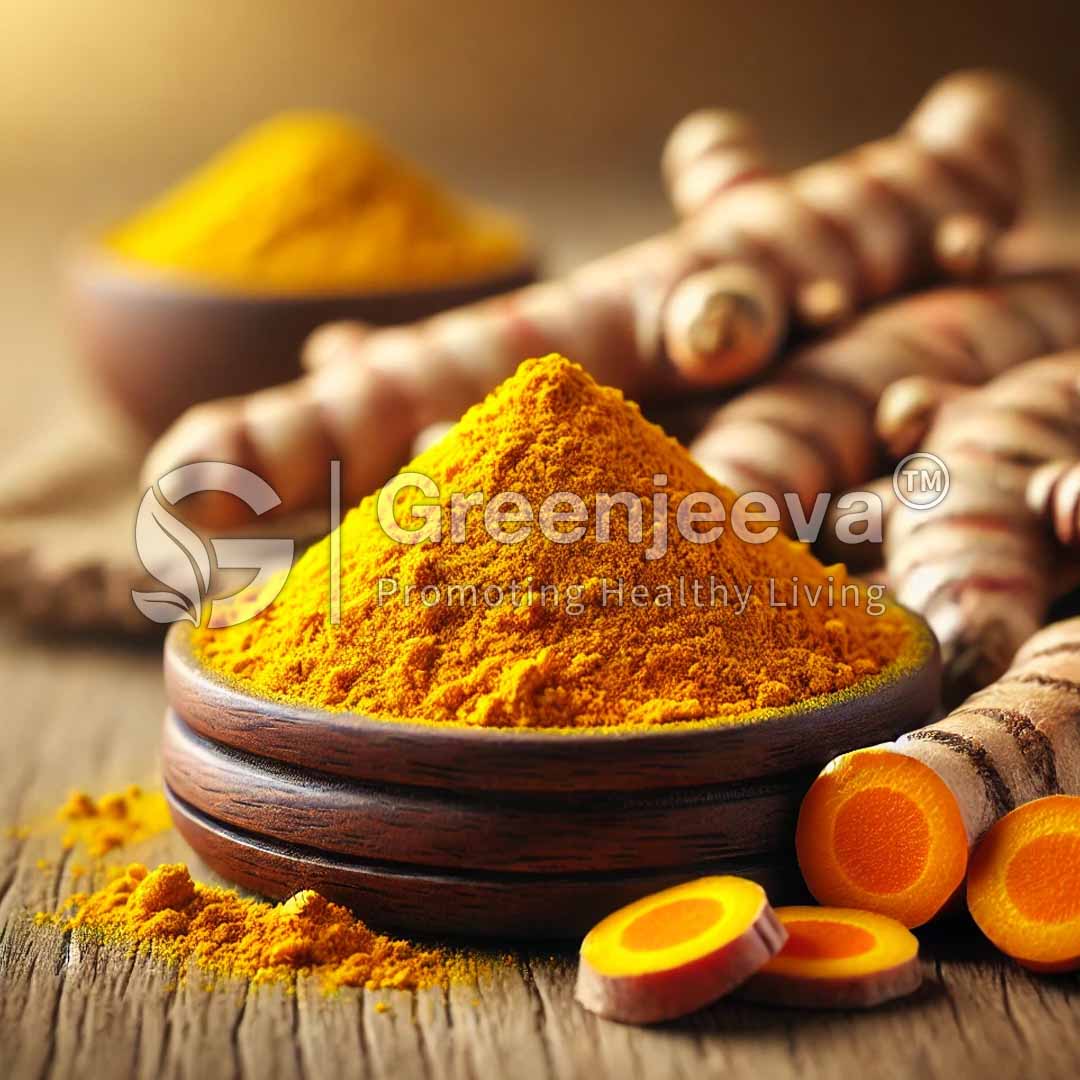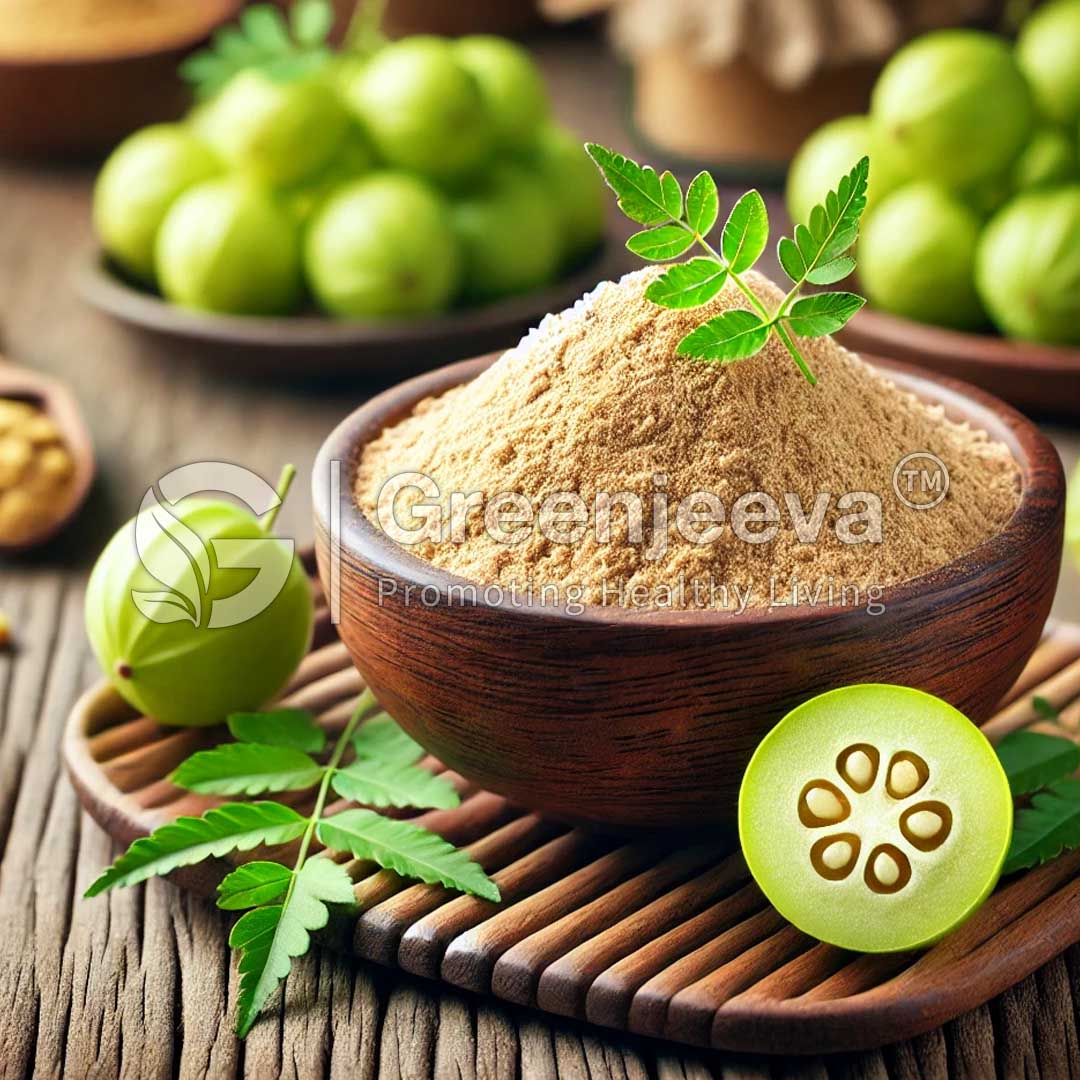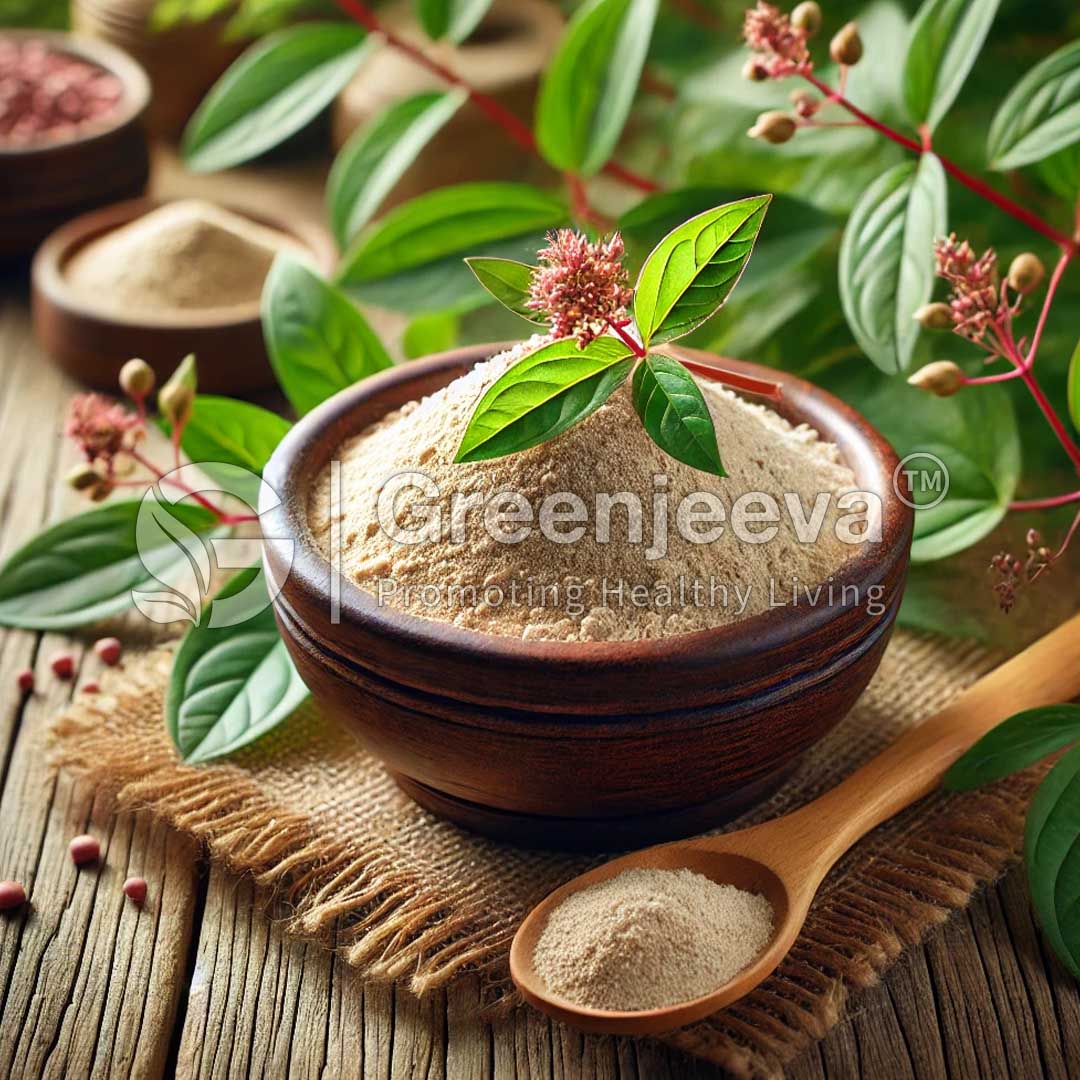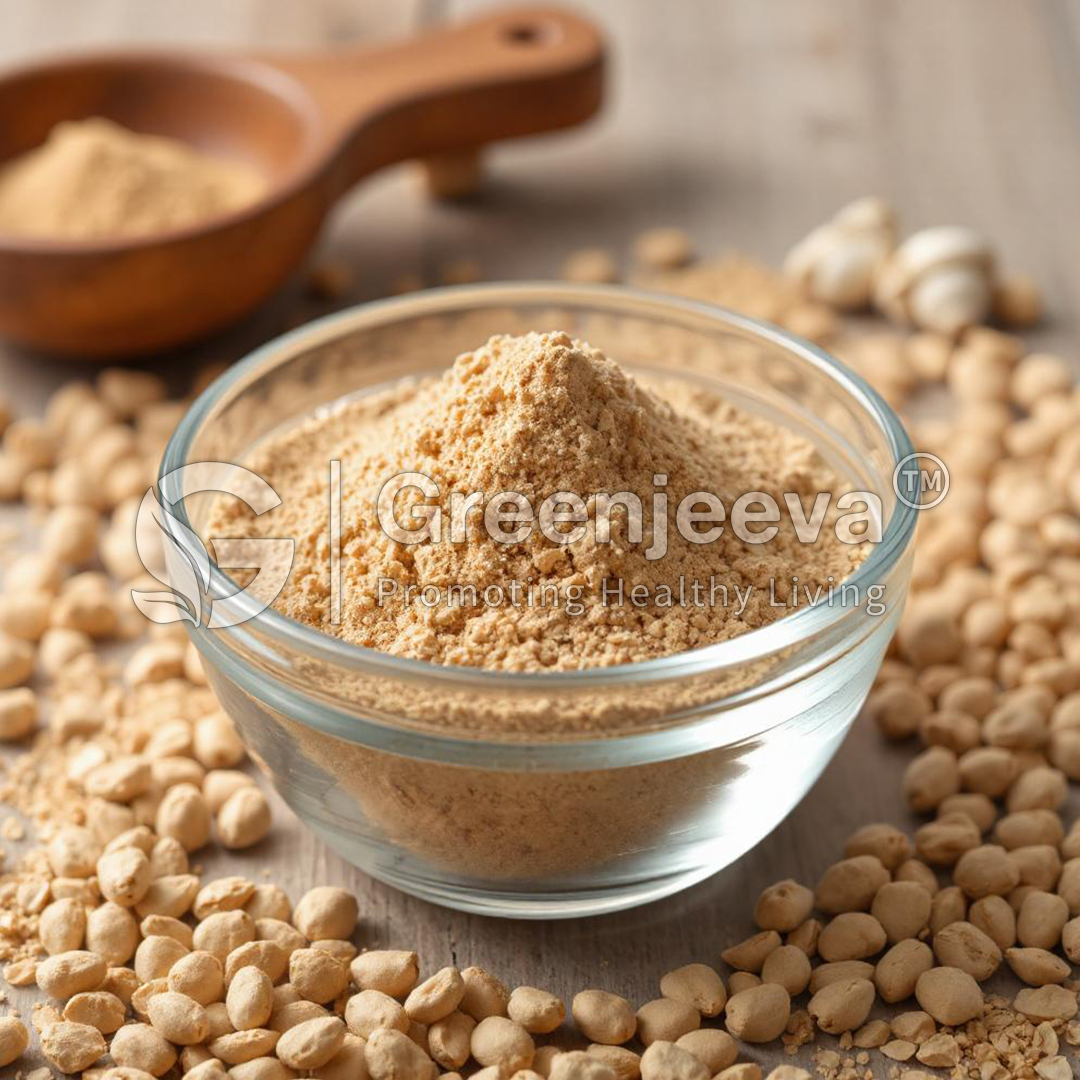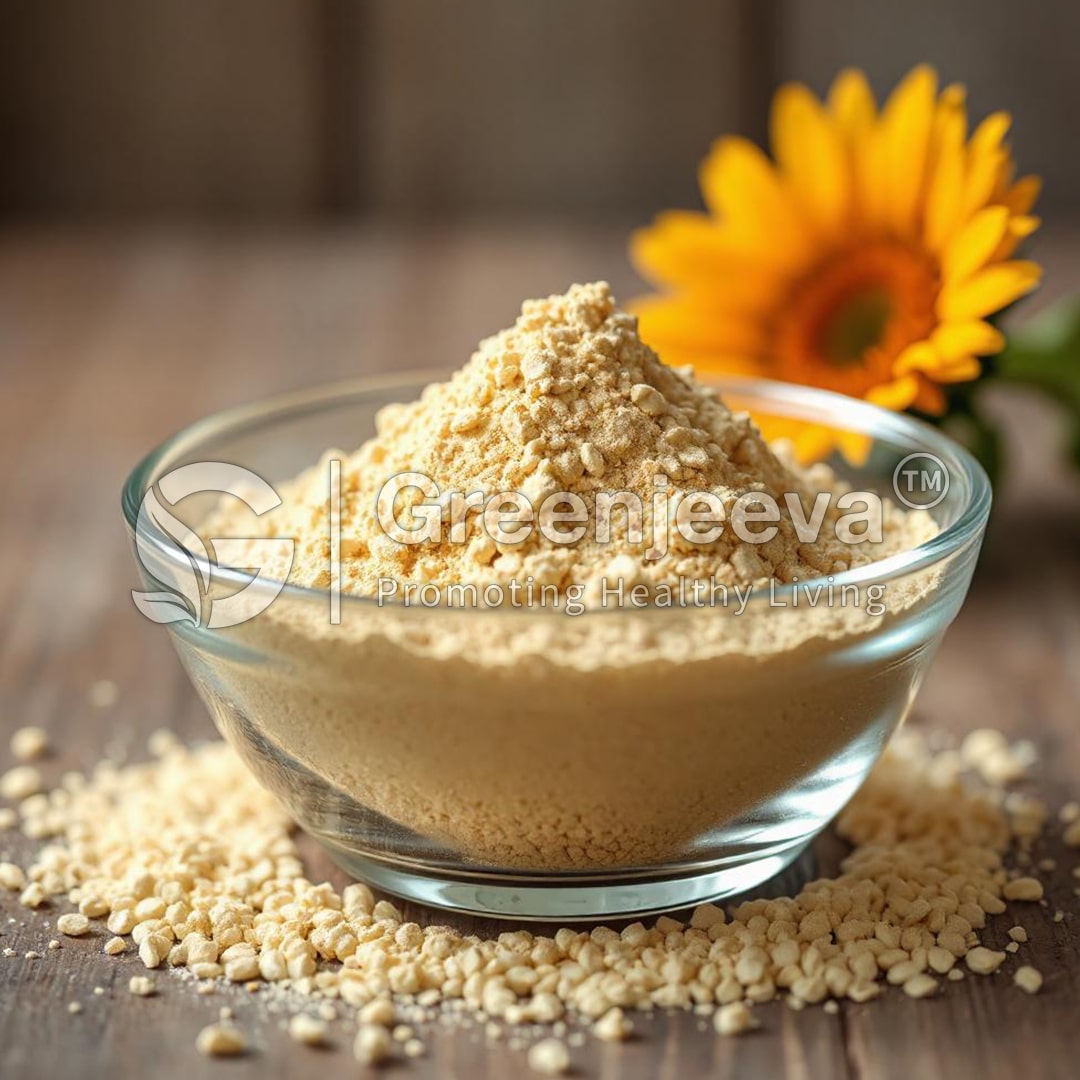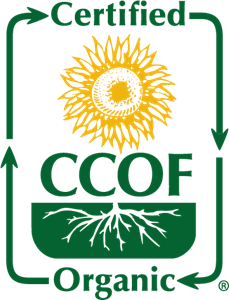Description
Nettle, also known as stinging nettle, is a flowering plant that belongs to the Urticaceae family. It is native to Europe, Asia, northern Africa, and North America. Nettle is cultivated commercially in many countries, including the United States, Canada, and European countries such as Germany, France, and Italy.
Nettle can be grown in a variety of soil types, but it thrives in rich, moist soil with good drainage. It is a hardy plant that can tolerate a wide range of temperatures, from below freezing to warm and humid climates. Nettle is typically grown from seed, but it can also be propagated from root division. The plants are usually ready for harvest in early to mid-summer when they are in their vegetative state.
Harvesting of nettle is typically done by hand, as the plant has tiny hairs on its leaves and stem that can sting and cause a rash if touched. Protective clothing and gloves are worn during the harvesting process to prevent any skin irritation. The stems and leaves are cut and then dried either by hanging them in a warm, dry place or using drying equipment. Once dried, the nettles can be stored for future use.



